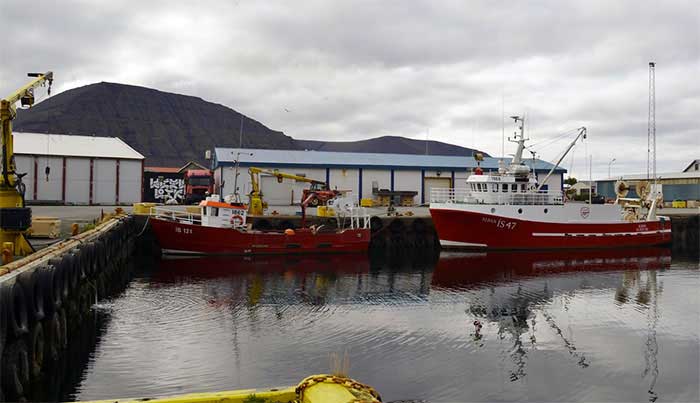Over the past ten years, the tourism industry in Iceland has seen a massive increase. This is due to many factors including a massive presence on social media travel pages and Instagram, its prime location for a stop-over between Canada or the USA and Europe and some introduced initiatives to boost tourism such as a waive on a tourist tax for those wishing to stay less than a week in the country, again, making it a great place for a short stopover. Estimated figures show that the number of tourists rose from almost 600,000 in the year 2000 to 4.4 million in 2014, and the figure continues to grow and now provides almost 30% of the country's export revenue.
Iceland is a very easy country to travel to. While they do have their own beautiful language which is similar to Norwegian and Swedish, absolutely everybody has some grasp on the English language and in fact, most of them can be considered fluent. The country has a small population of only 300,000 people, and they are heavily reliant on the tourism industry to bring a revenue into their country, so the infrastructure is well set up and almost everything can be done by using tour companies directly out of Reykjavik, the capital city.
What this huge increase in visitors does mean, however, is that those seeking empty landscapes and isolation are finding it a little harder to escape the crowds. High prices are increasing even more as richer clients are flying in to experience the country's charm, and iconic landmarks such as The Blue Lagoon are becoming overcrowded and losing a little of the magic that made them quite unique. Those who are looking for a peaceful break are having to venture further outside of the capital towards places like the West Fjords, over towards the isolated East of the country, or to islands such as Vestmannæyer to immerse themselves in lonely nature. This is, on the flipside, providing a more even spread of tourist income throughout the country as some of the more remote locations are becoming an interest for nature seekers.
The increase also has some problems for the local citizens. Reykjavik nightlife has increased with stag and hen parties which has turned the sleepy little capital into something a little louder and disruptive. People are camping in inappropriate places and littering and the removal of natural souvenirs is threatening the environment. The prices are rising not just for the tourists, but also for the locals and while the overall revenue is up, wages are not inflating at the same rate as prices. That said, they do encourage tourists to visit the country, but to visit it responsibly and to respect the locals and the pristine land. While the country is somewhat struggling with over-tourism, it is still just about coping.
Iceland experiences seasons of almost 24 hours of darkness and vice versa, and both come with their own charm. To visit the country during the darker months provides you with the chance of seeing the enchanting northern lights, although it also comes with colder weather and of course, mostly darkness. The opposite end of the scale sees very mild weather (although it could be considered a little chilly in comparison to many other countries) with a lot of grey skies, but very long days that make midnight feel like 6pm and allow you to increase your hours of sightseeing for things that you can only do during daylight.
The country itself is fantastic. It is an amalgamation of dramatic fiery tectonic activity, dreamy icy landscapes and tiny fishing villages. It is often coated in moody and atmospheric cloud systems that give it a really reflective and dramatic aesthetic. There are lots of whale watching opportunities, puffins to seek out and of course the Icelandic ponies. The culture revolves a lot around fishing and small rural villages, and the cuisine is weird and wonderful and will challenge your taste buds with flavours such as rotten shark and fermented sheep testicles. There is a reason it has become such a popular stopover for commuters between the USA and Europe, and a well renowned holiday destination, mostly amongst other Europeans and USA citizens.

